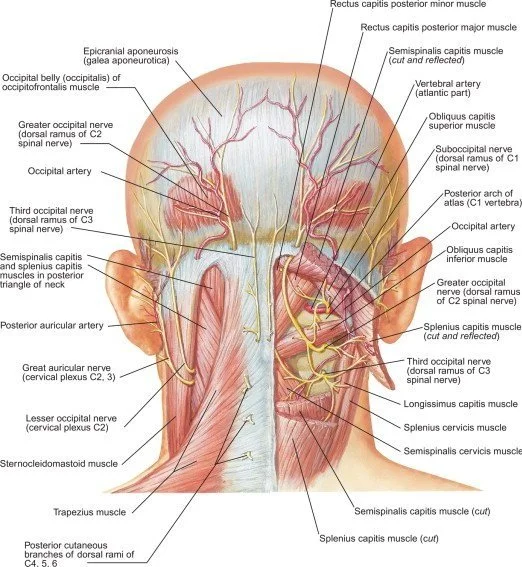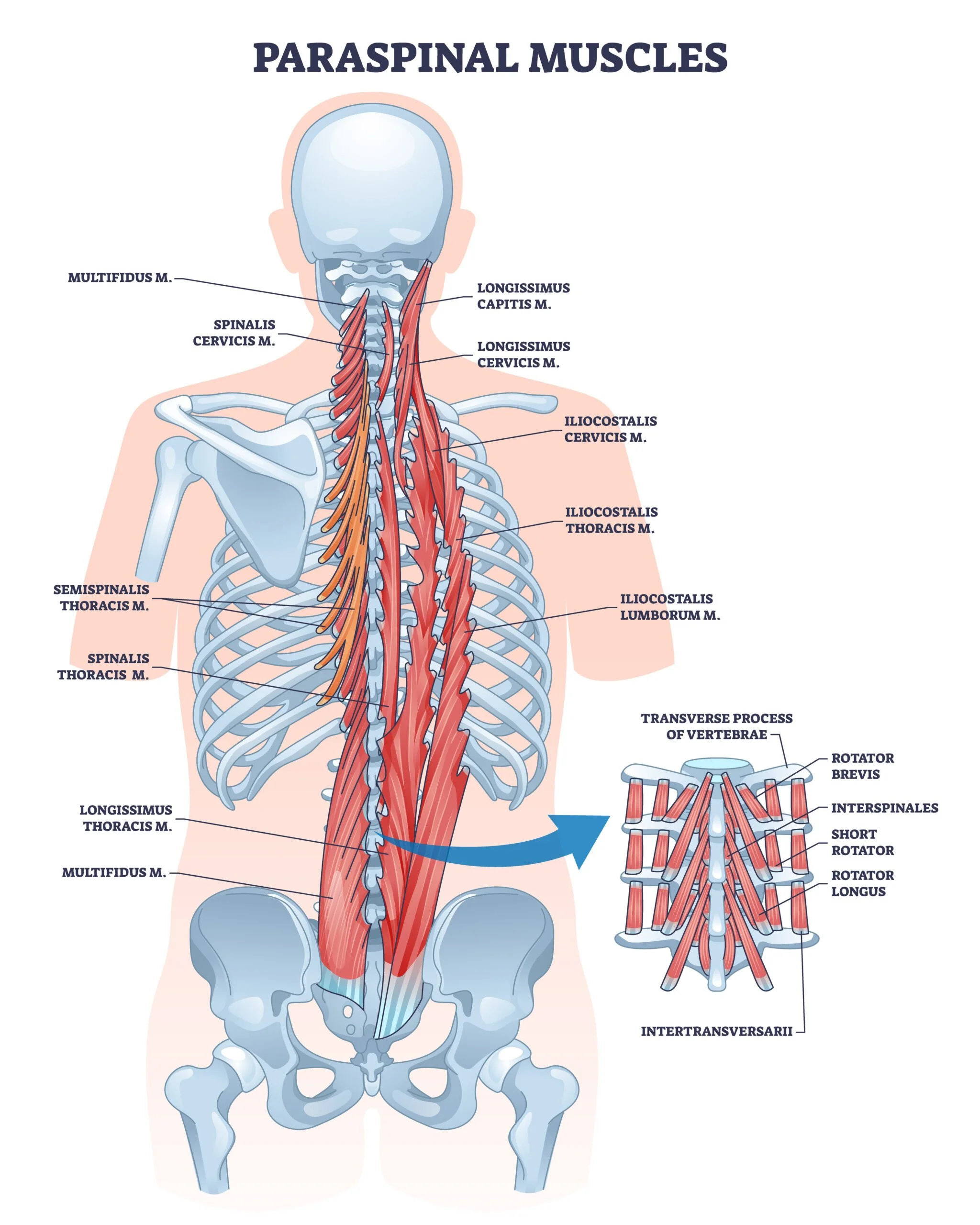Headache and Migraine Treatment
You Don’t Have to Just Live With Pain
From 4th grade up until about two years ago, headaches and migraines were part of my life multiple times a month — sometimes multiple times a week.
The migraine aura would begin and I would have to just ride it out. My vision would fade for anywhere from a few minutes to 3 to 4 days at a time. And just when I’d think it was over, it wasn’t. It was like Mike Tyson was waiting in the shadows, ready to bite my ear off and deliver blows to my skull for the next 72 hours.
If this sounds familiar, I want you to know: you’re not alone, and there’s hope.
I went from dealing with migraines dozens of times a year to just 1 or 2 mild episodes in the last two years — and I can usually calm them down pretty quickly when they do pop up.
If that sounds like the direction you want to head, you’re in the right place.
The Anatomy of a Migraine and Headache: Why the Pain Shows Up Where It Does
Let’s talk muscles and nerves for a sec.
A huge number of cases I see are coming from deep muscle tension, especially in the suboccipitals, a group of tiny but powerful muscles at the base of your skull:
Rectus capitis posterior major & minor
Obliquus capitis superior & inferior
Along with:
Upper trapezius
Levator scapula
The scalene complex
Paraspinals (which run from your butt to your skull)
Jaw muscles — masseter, temporalis, and the pterygoids
When these go into spasm, they irritate the greater & lesser occipital nerves and other nearby nerves that share pathways with the forehead, temples, behind the eyes, and face.
So even if the problem is coming from deep in your neck, your brain feels it in your forehead, around your eye, or in your jaw.
That’s why rubbing your forehead never seems to help.
You're rubbing the wrong spot.
But It’s Not Always Just Mechanical…
Migraines and headaches can have multiple contributing factors. In some cases, it’s deeper or more complex than just muscle tension. That’s why we rule out red flags and review your full health history before we dive in.
Other possible contributing causes include:
Hormonal imbalances
Vascular changes or blood pressure issues
PTSD or chronic stress
Medication side effects or withdrawal
Vision problems
Food allergies or gut dysfunction
TMJ issues or dental infections
Dehydration/temperature intolerance
And the list goes on….
Once we’ve ruled out the serious stuff and determined you’re a good fit for care, we get to work!
Initial Session - 75 min
Your first visit is longer for a reason — we take our time to understand you.
Here’s what’s included:
Detailed health history + movement assessment
We’ll dive into your headache/migraine history, lifestyle, past injuries, stress levels, work habits, and posture. This gives me a full picture of what’s contributing to your symptoms.Targeted physical exam
I’ll assess head, neck, jaw, and upper body tension, range of motion, breathing patterns, and muscle activity to identify likely pain generators.Hands-on treatment
We’ll spend the remaining time doing focused gentle work on the head, neck, jaw, and shoulders :Deep tissue and myofascial release for the head, neck, face, and jaw
Trigger point therapy and gentle targeted stretching
Suboccipital release and gentle traction/decompression
Guided breathing to reset the nervous system
Post-visit guidance
I’ll give you tips and tools to start using right away:Review your diet for common migraine triggers
Reset your workstation/posture to reduce strain
Coach you on movement stacking — micro-movements throughout your day that undo tension
Work on stress and nervous system regulation
Teach you at-home techniques for managing flare-ups on your own posture changes, trigger point relief, movement tweaks, and other personalized homework to keep progress going between visits.
This isn’t a quick fix. It’s the beginning of a process that helps you understand your pain and take control of it.
Follow-Up Sessions - 30 min
Every follow-up builds on what we learned in your intake. These sessions are hands-on, relaxing, and designed to chip away at the muscular and nervous system patterns that feed your headaches and migraines.
Each session includes:
Brief check-in to track symptoms, changes, and progress
20-30 minutes of focused bodywork for the head, neck, jaw, shoulders, and spine
Techniques may include:
Myofascial release and trigger point therapy
Diaphragm and breathing reset
Gentle spinal mobilization
Nervous system downregulation via breathwork
Updated self-care plan to reinforce progress at home



